The Lunar eclipse, seen in Romania yesterday 5 June, took place at 22h25, when nearly half of the Moon disk was in the Earth’s penshadow.
At such an eclipse, the Moon did not fall into the shadow of the Earth, the phenomenon could be observed throughout the course of Romania.
The Moon eclipse was served from various places in Europe, Africa, Asia and Australia and lasted for 3 hours and 18 minutes, according to NASA.
The peak phase of the eclipse occurred at 22h10, when almost all of the Moon’s disk was in the penshadow of the Earth. Because the penshadow wasn’t dark enough, it was only possible to see a reduction in the moonlight, and just a change of color, from its usual color to a yellowish.
Since the Moon formed about 4.5 billion years ago, it has moved away from our planet (about four centimeters per year). During the rotation of the satellite around the Earth, which lasts about 29 and a half days, four phases are distinguished: New Moon, First Quarter, Full Moon, Last Quarter.
According to NASA, we have two or four eclipses of the Sun every year, while the lunar eclipses are less frequent.
If the Moon does not enter entirely in the shadow of the Earth, but passes over or below the center of the shadow, it is possible that the Moon’s disk will not be fully covered. This is called a partial eclipse of the Moon.
If the Moon passes only through the outer side of the shadow, through the penshadow, we have an eclipse of the Moon through the penshadow. The penshadow does not cause significant changes to the astral, which means it does not darken.
Lunar eclipses are less spectacular, but they can provide the specialists with extremely important data on the Earth’s atmosphere, its pollution, the effects of solar radiation on the atmosphere and so on, and the Moon behaves as a screen on which we can « read » the specificities of the Earth’s atmosphere.
The Moon eclipses can also provide information used to measure the rate of lunar crushing, in the interval when the moon is deprived of the heat of the Sun.
The next eclipse, visible in Romania, will also take place this month on 21 June, and will be a partial eclipse of the Sun. The next Lune eclipse, visible in Romania, will take place on 16 May 2022 and will be a total eclipse of the Moon.
The Solar Eclipse of 21 June 2020 will be a visible ring eclipse in Africa, Asia and Southeast Europe. It’s eclipse number 36 of the Saros 137 series and it’s going to have a magnitude of 0.994. It’s the 15th Sun Ring Eclipse of the 21st century. This eclipse of the Sun will take place about a year after the Sun eclipse on 2 July 2019.
An eclipse of the Sun comes when the Moon passes between Earth and the Sun, thus capturing all or part of the solar disk for an observer on Earth. An eclipse of the Ring Sun appears when the apparent diameter of the Moon is smaller than the apparent diameter of the Sun, blocking most of the Sun’s light, and the Sun appears like a shining ring.
The band in which the eclipse is ring will begin at 4:47:45 UTC (local time 05:47:45) in Africa, specifically in the Republic of Congo. Then, moving in the northeast direction, the strip will pass through the territory of the Democratic Republic of Congo, the Central African Republic, South and North Sudan, Ethiopia, Eritrea, and then along the south side of the Red Sea, and then enter Asia, where it will pass through the territory of Yemen, Saudi Arabia and Oman, along the waters of the Gulf of Oman, and then through Pakistan and northern India. In the region of India, the direction of the eclipse has shifted east. The maximum phase of the eclipse is not far from Joshimath and Auli, in the Chamoli District, in the Himalayan Uttarakhand State, in India, near the Indian border with China, at a point with coordinates 30° 30′ (Nordic latitude) and 79° 42′ (Eastern longitude) at 6:39:59′ UTC. Next, the ring-shaped phase band will pass through China and Taiwan in the Pacific Ocean, where the ring-shaped phase will end at 8:32:17 (UTC) at the point with approximately 19° (N-latitude) and 149° (Eastern longitude).
As a partial eclipse, the eclipse will be visible in almost all of Africa, South-East Europe (including Romania and the Republic of Moldova), Asia (excluding the northern part of Russia), Indonesia (except for the southern part of Java), North Australia, the northern part of the Indian Ocean and the western Pacific.
- The eclipse of June 21, 2020 will not be observed from Romania as an annular eclipse, but only as a partial eclipse. The disk of the moon will cover only a small portion of the disk of the sun, in case the sky will be clear.
- Lunar eclipse through the twilight of November 30, 2020.
- The total solar eclipse of December 14, 2020.
Share this content:


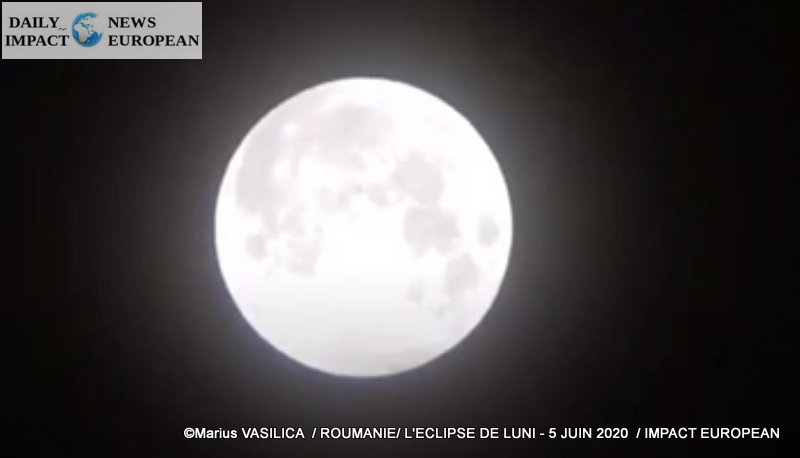
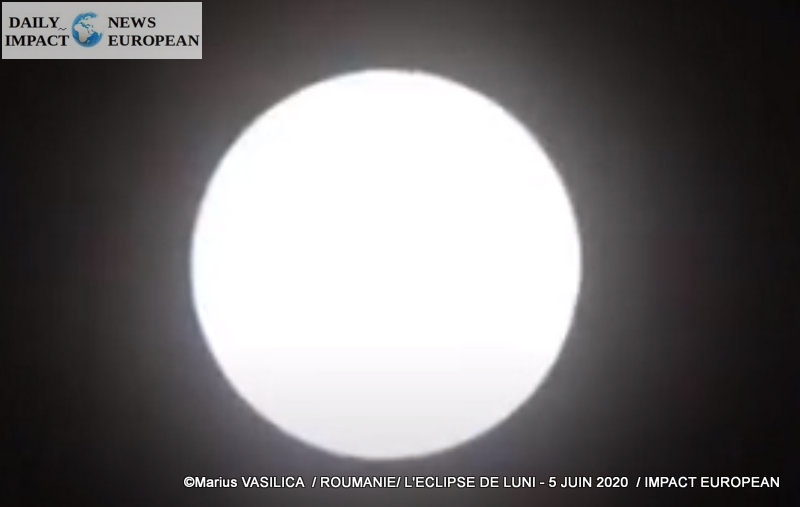
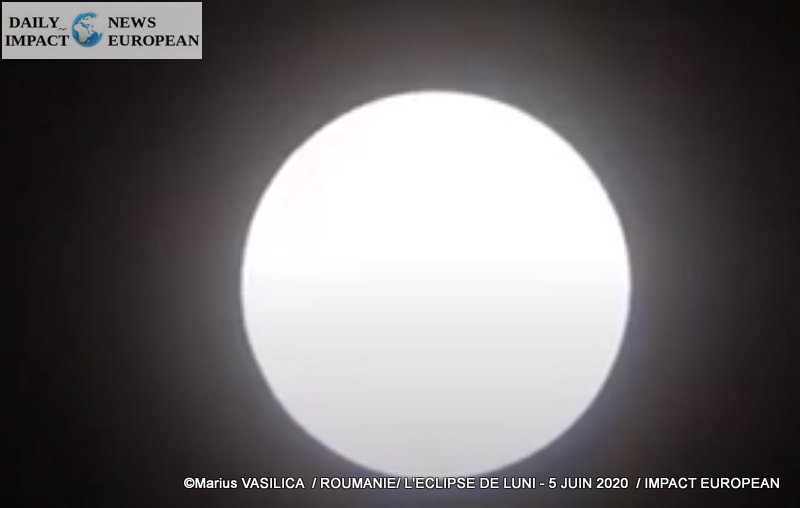
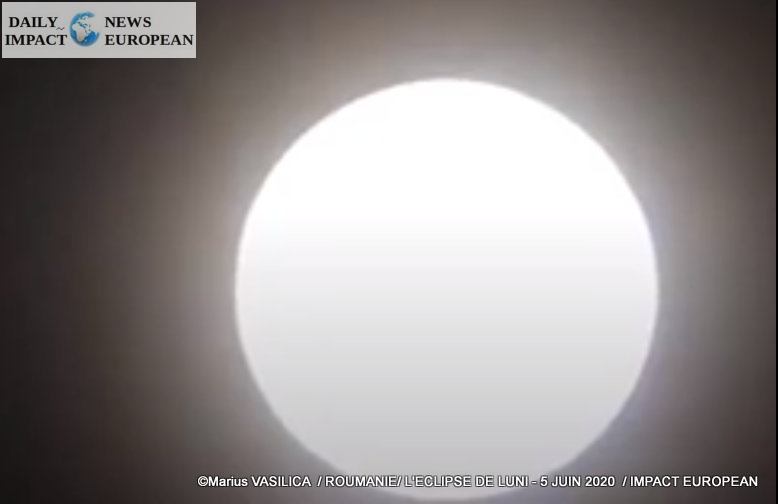
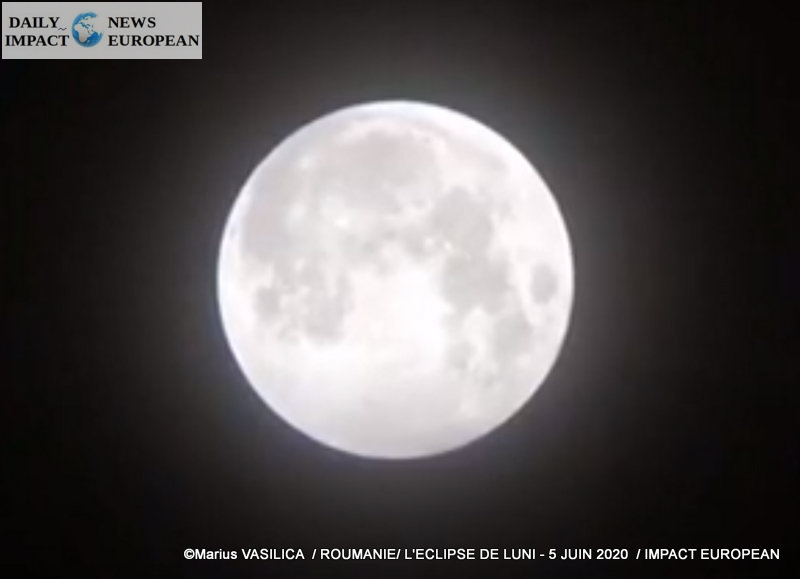
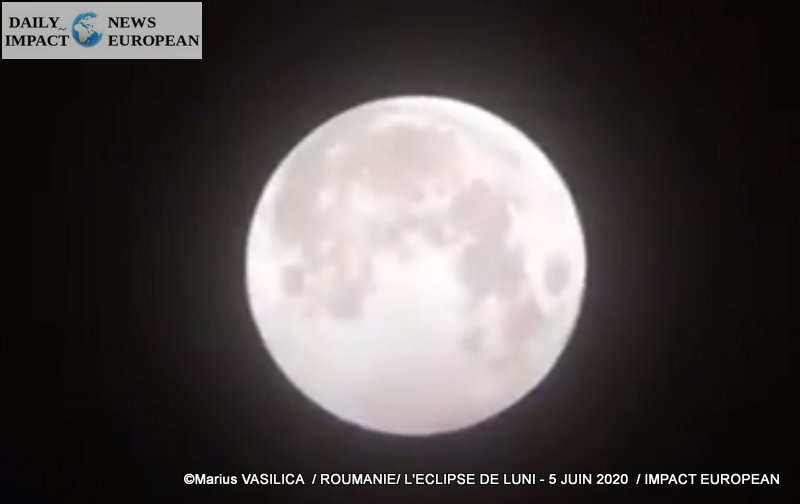
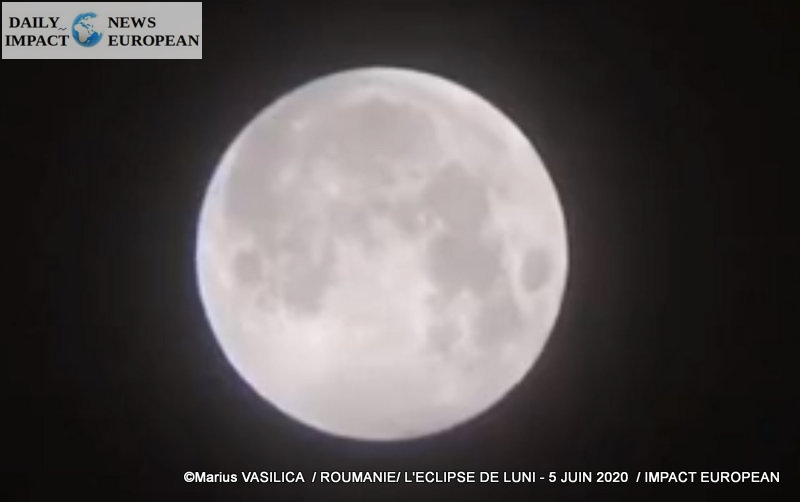
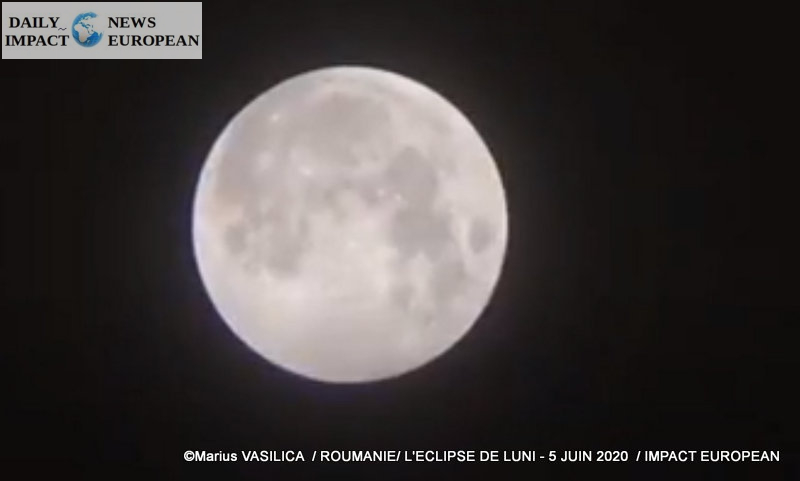
More Stories
Rosh Hashanah 5786: Marek Halter Brings Together Guests of All Faiths to Celebrate Peace
Cannes Yachting Festival 2025: Record, Luxury, and Innovation
Paris – Samaritaine: Pechoin Unveils “The Art of Time” and Showcases its Latest Skincare Creations